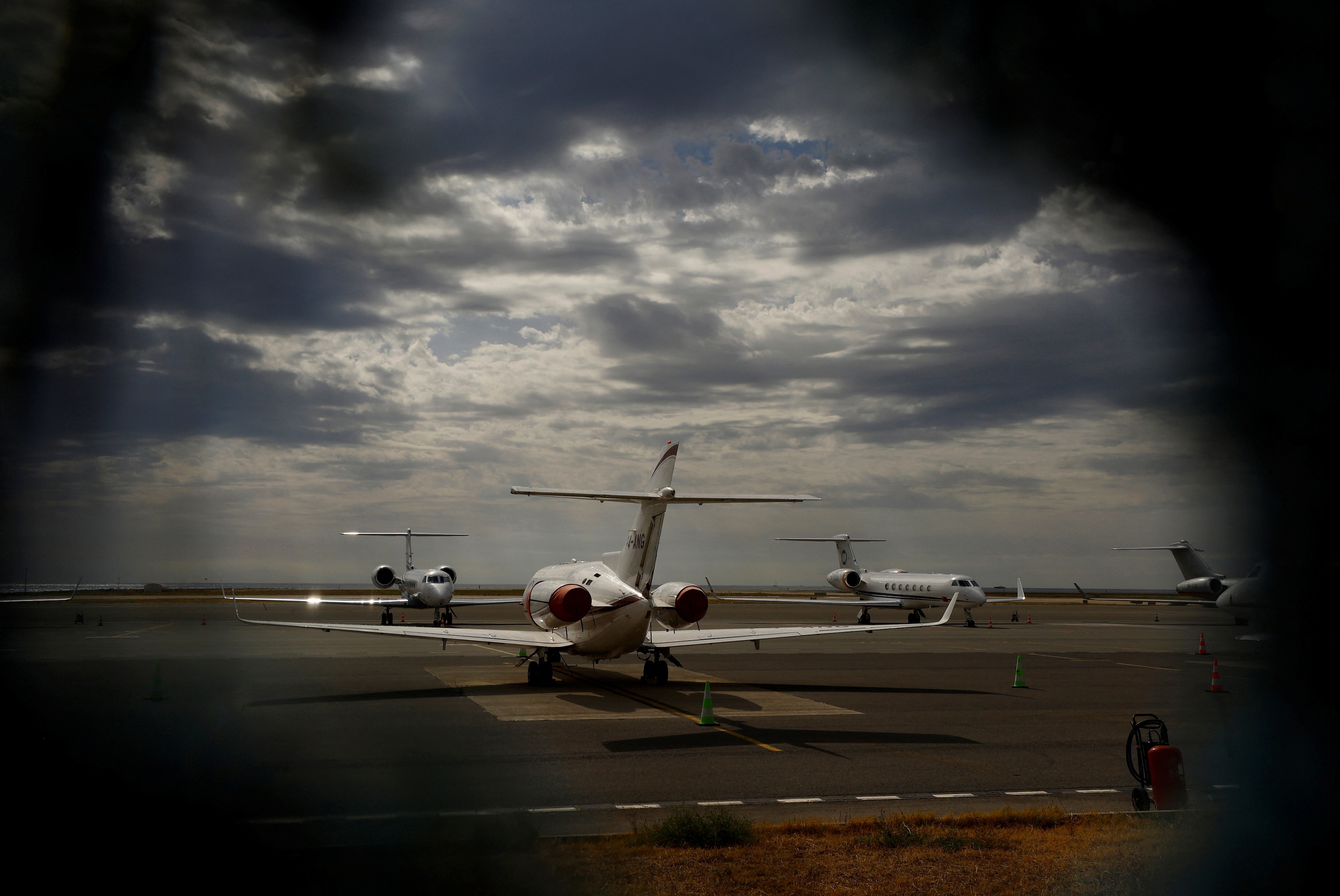Scientists have learnt a lot by compressing 15 years of satellite images
Scientists Adam Wilson and Walter Jetz are studying cloud cover
Image: Adam Wilson and Walter Jetz via arthenv.org/cloud
Stay up to date:
Future of the Environment
In capturing images of Earth, satellites typically have one big obstacle: clouds. On average, about 67 percent of the Earth’s surface is covered in clouds, making it difficult or impossible to track activity on the ground below. Many satellite companies work hard to mix and match images taken at different times, to create a painstaking but cloud-free picture of Earth.
But now, two scientists are trying to get a more accurate picture of the planet not by looking around the cloud cover but by looking at it. In a study published in PLOS Biology, Adam Wilson of the University of Buffalo and Walter Jetz of Yale University demonstrate how clouds can be used to predict what kinds of climates and ecosystems flourish beneath them, with amazing accuracy.
Working as part of a collaborative project that seeks to develop a model for monitoring biodiversity, Wilson and Jetz have compressed 15 years of satellite imagery of the world’s clouds into some gorgeous maps. Researchers can then study those maps for clues to understanding where mammals, birds and other species may live.
In the map below, the colors indicate the month that a particular area experiences the most clouds. For the blue areas around the equator, the cloudiest times of year are the rainy season of August. For the American West, North Africa and Australia, where green and yellow dominate, February, March and April are the cloudiest.
Scientists usually map the predicted ranges of certain animals by tracking known sightings of the animal, or by using data on local temperature and rainfall gathered at weather observation stations to predict where certain species may go. But this is a highly inexact practice. Vast areas, such as the biodiverse Amazon, are mostly unmeasured.
But cloud cover is an unconventional and underappreciated source of data. Cloud cover determines the kind of sunlight and precipitation that reaches the ground below, which determines the kind of plant and animal species that thrive in that area. Many animal species moderate their behavior and even reproduction depending on the clouds. By using this data, researchers can accurately predict the microclimate of a certain areas to understand where living species are and how to best protect them.
The study demonstrated that scientists can use this kind of data to pinpoint demarcations between one type of environment and the next — like the cloud forests that Wilson and Jetz detail in the maps below.
Wilson and Jetz tested their cloud-tracking approach against a more classical model that used temperature and rainfall to predict the range of two songbirds, one in South America and one in South Africa. They found their approach more accurately correlated with known sightings of the birds.
Don't miss any update on this topic
Create a free account and access your personalized content collection with our latest publications and analyses.
License and Republishing
World Economic Forum articles may be republished in accordance with the Creative Commons Attribution-NonCommercial-NoDerivatives 4.0 International Public License, and in accordance with our Terms of Use.
The views expressed in this article are those of the author alone and not the World Economic Forum.
Related topics:
Forum Stories newsletter
Bringing you weekly curated insights and analysis on the global issues that matter.
More on Climate ActionSee all
Tom Crowfoot
August 20, 2025
Charlotte Edmond and Rebecca Geldard
August 19, 2025
Yufang Jia and William Jernigan
August 18, 2025
Jürgen Karl Zattler and Adrian Severin Schmieg
August 18, 2025
Piyush Verma
August 18, 2025
Andrea Willige
August 15, 2025





